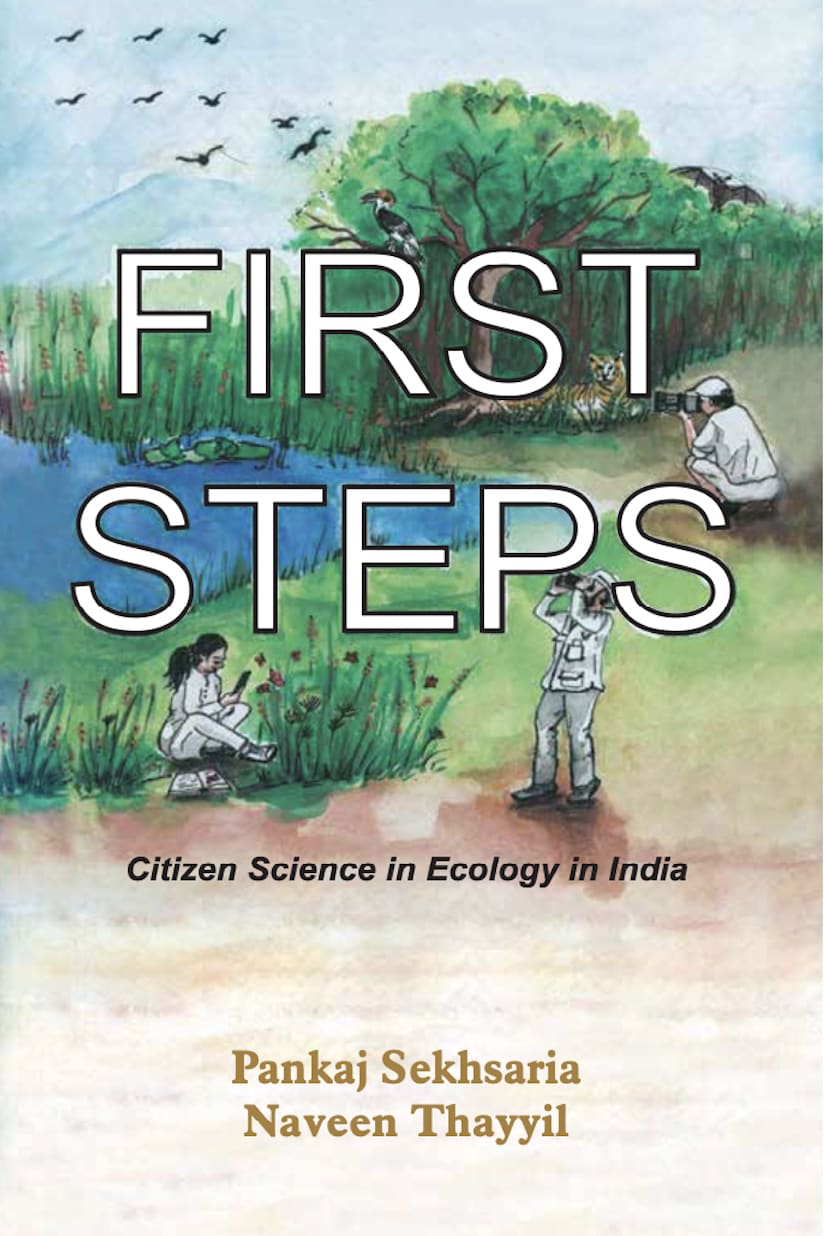 Listen to this article
•
15:34 min
Listen to this article
•
15:34 min
They don’t have PhDs or wear lab coats. They range in age from 10 to 75. But citizen scientists are helping actual scientists answer questions about the weather, wildlife, plant life, what’s really going on the in the oceans, and even what lies beyond the stars.
They typically have day jobs – as graphic designers and lifeguards, business consultants, architects and bankers. Many have to take time off to head out into the nowhere lands where they collect leopard scat, report on roadkills, count birds, survey households living around wildlife reserves, set up camera traps or measure beached dolphin carcasses. (The Hindustan Times, 2018)
Citizen scientists can ask questions, volunteer to collect data, and analyse it. For researchers, citizen scientists are a boon: with their sheer numbers, they can contribute extensive data over vast geographical areas, something trained scientists could not dream of gathering either individually or in teams. Today, thanks to smartphones, the Internet and the endless possibilities of apps – with special help from Google Maps – citizen science has truly come of age around the world. And India is by no means lagging. Whether flowering patterns in trees, the mating habits of butterflies, or the arrival of migratory birds, the country’s citizen scientists are helping create a vast and valuable corpus of data. (The Hindu, 2018)
If media reporting is considered a fair barometer of current affairs, 2018 could well go down as the year when Citizen Science – particularly in ecological studies – caught the popular imagination in India. It may or may not have come of age as a scientific methodology yet, but there should be no doubt that it has come centre stage in the public discourse.

A quick Google-based survey in August 2018 (when this study was being finalised) could locate about 30 news articles and reports with the central theme of Citizen Science in India, published across some of the country’s most prominent English media platforms for the year 2018 alone. This translates to one article/news report a week on average, and is certainly substantive considering the fact that less than a third of this number – a total of eight such reports could be located for the entire preceding year of 2017.
It is not just the increased volume of the reporting but also the prominence and the space given to these articles that are instructive of the buzz around Citizen Science. The two quotes above, for instance, are from full-page lead features published in two of India’s most prominent English newsdailies – Hindustan Times and The Hindu. A close reading of these quotes also highlights many interesting features – the effusive optimism of the reportage, the ‘citizen scientist’ as different from the ‘actual scientist’ and/or the ‘researcher’, the range of their backgrounds (designers, life guards, bankers, etc.), the broad age bracket (10–75 years) of the citizen scientists, the diversity of ecological subjects they are contributing to and the central role being played by a set of certain kind of technologies – smartphones, apps and the internet – that is making it all happen.
And it is also not just professional journalists and reporters writing about Citizen Science. There is an increasing number of scientists and researchers – some of them at the heart of the Citizen Science initiatives – who are writing in the popular press about what they do, about the potential of Citizen Science and what it is actually delivering. These include, among others, articles on the general relevance of Citizen Science3 , on how exotic aliens are spreading rapidly and the intriguing changes in flowering patterns of plants that might be linked, perhaps, to climate change.
Excerpted with permission from First Steps - Citizen Science in Ecology in India by Pankaj Sekhsaria and Naveen Thayyil. Published by DST Centre for Policy Research, IIT Delhi and AuthorsUpFront. Pages 155 Price: Rs 250. You can write to Pankaj Sekhsaria <psekhsaria@gmail.com> to buy a copy of the book.





